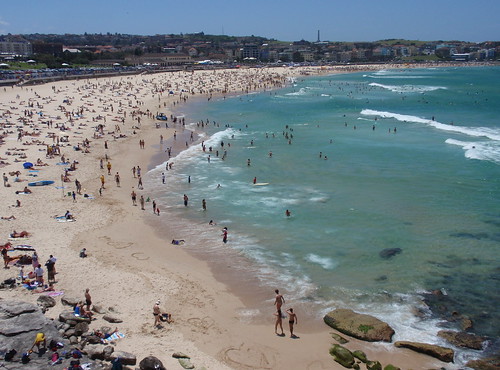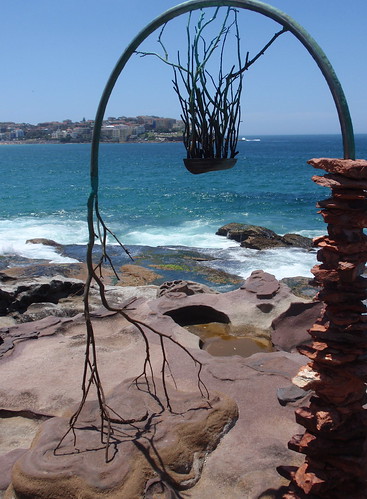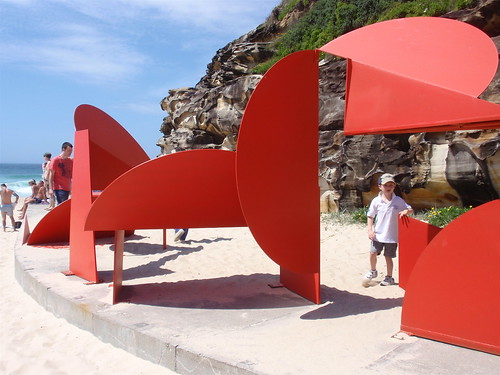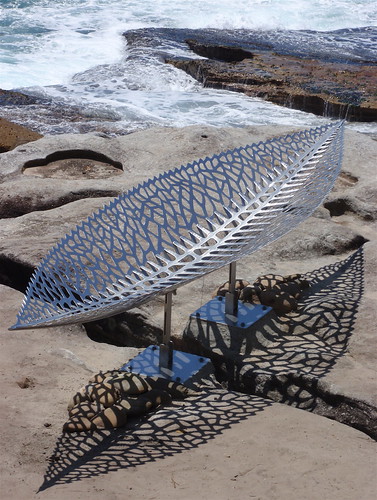I'm off to Brisbane for the weekend to visit my grand-daughter... and, of course, her parents. Mostly when I visit I take a book for her as a small gift and this time I'm taking '
Milly-Molly-Mandy Stories'.
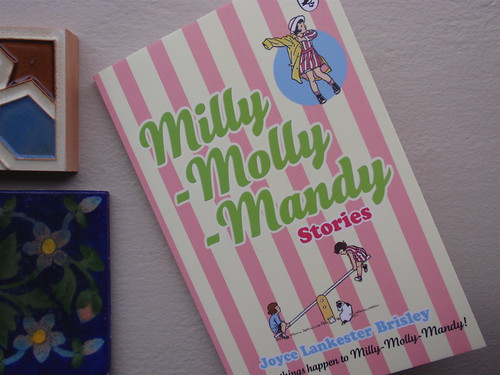
I remember Milly-Molly-Mandy with great fondness from my 1940s and 50s childhood. My daughter enjoyed them in the 1970s and I'm interested to see how my three-and-a-half year old grand-daughter - who loves books but is very much a child of the electronic age - responds to them now.
A bit of back-story for those unacquainted with Milly-Molly-Mandy. There are four books, each of them a collection of around a dozen short stories, that describe the daily life of Milly-Molly-Mandy (full name Millicent Margaret Amanda), her family, her friends, and her neighbours. The first of the books was written and illustrated by Joyce Lankester Brisley in 1928, and they've never been out of print since - the kind of publishing phenomenon most publishers would love to be associated with.
It's hard to know where the appeal lies. The stories are simple, highly moral, and contained within a stable and knowable world. The illustrations are open, inviting and archetypal representations of a rather old-fashioned, safe community. The stories have a wealth of detail - of what people eat (I'd totally forgotten about bread soaked in milk, which Milly-Molly-Mandy often has for supper), what they do in domestic situations, what they wear, and how much things cost. There's lots of repetition (Milly-Molly-Mandy's house is always referred to as 'the nice white cottage with the thatched roof'; her best friend is always 'little-friend-Susan') which delights young readers and listeners and drives grown-ups mad.
For me a very important element of the appeal was the map of Milly-Molly-Mandy's unnamed English village that appears at the beginning of each collection of stories. I think most young children love maps and graphic representations of how things fit together.

I can remember tracing the movements of the characters in each of the stories across the streets and fields of the maps and deriving satisfaction from my precise knowledge of how things fitted together spatially.
The village of the stories is old-fashioned even for its time. There's no electricity and no cars. People work as grocers and shopkeepers and bakers and postmen and blacksmiths and teachers, and they grow vegetables and flowers. It's a world where small children run errands unsupervised, everyone walks everywhere, strangers are kind, all treats other than 'sweeties' are home-baked, and recycling and reuse are unthinkingly the order of the day. Gender roles are rigidly divided - we learn in the very first story that within Milly-Molly-Mandy's multi-generational family household Mother cooks the dinners and does the washing; Grandma knits socks and mittens and nice warm woollies for them all; and Aunty sews frocks and shirts and does the sweeping and dusting. But I don't think I am being unduly kind to the books, or too biased by my fondness in saying that the female characters are valued no less than the men. They often play a leading role in events, and their activities are seen to be important.
Implicitly, and often explicitly, all the stories have a moral or are 'improving'. Almost always, the morality or the learning is obvious - sharing with friends, whether it's work or sweeties, brings pleasure; delaying gratification often brings longer-term rewards; judging people by their appearance is unfair; winning first prize is less important than acquiring a skill. It's hard to question any of these gentle values, even today.
Finally in this morass of reminiscence, an incident for the knitters among us. Milly-Molly-Mandy wants to make her money go as far as possible and asks Grandma to teach her to knit. After several attempts she knits 'quite a nice kettle-holder' and asks her mother if she thinks it is worth a penny. The story then continues
Why, Milly-Molly-Mandy,' said Mother, 'that is exactly what I am wanting, for my old one is all worn out! But the penny only pays for the wool, so you are making me a present of all your trouble.'And Mother gave Milly-Molly-Mandy a penny and a kiss, and Milly-Molly-Mandy felt well-paid.
So Milly-Molly-Mandy had done a nice thing, had spent her penny, and learnt to knit, and she still had her penny!
There's a moral there, somewhere!

